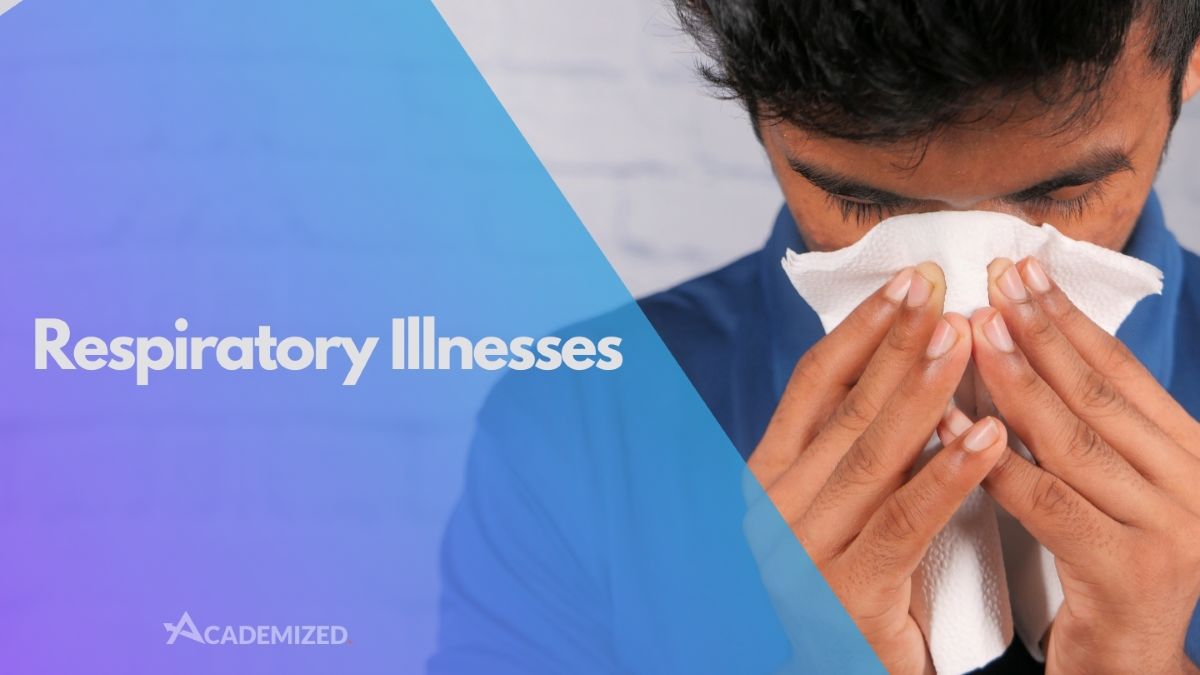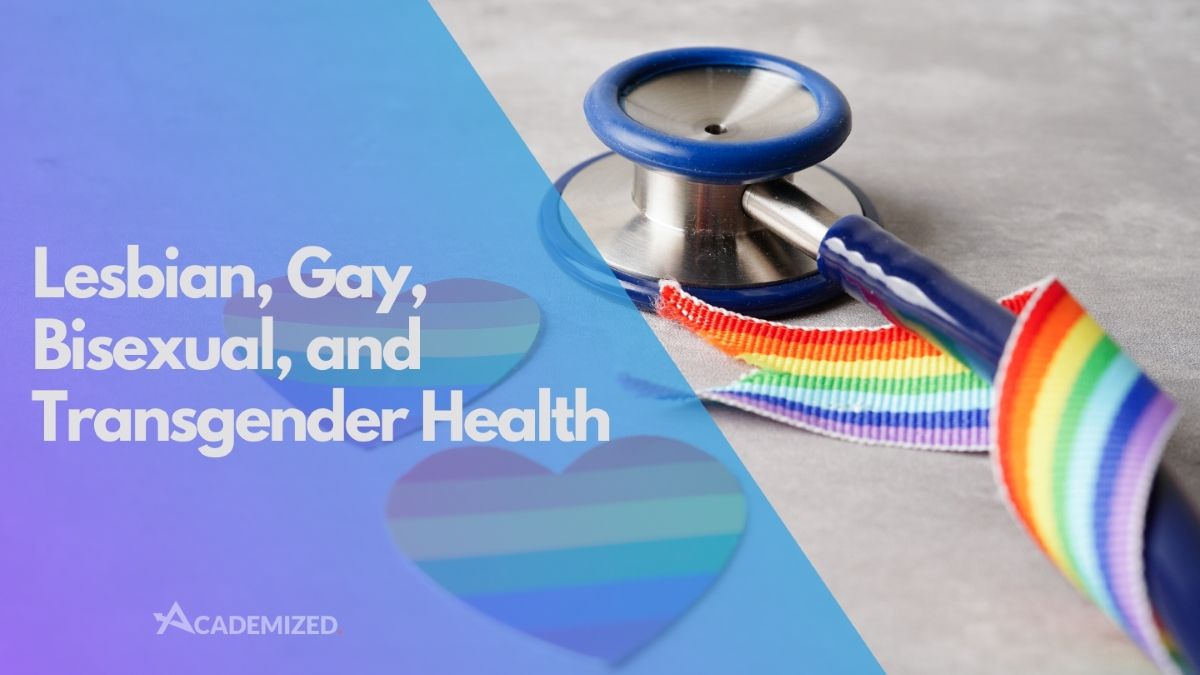
The Pomodoro® Technique
Over two million people worldwide have embraced the Pomodoro® Technique, transforming their productivity, focus, and efficiency. Have you ever felt overwhelmed by endless tasks, distractions, and stress, unsure where to begin? Francesco Cirillo faced this exact challenge as a university student. Searching for a better concentration, he devised a simple yet revolutionary method – the Pomodoro® Technique.

Gender Diversity
The Transportation Security Administration (TSA) is committed to treating all passengers with respect and dignity. TSA screening is conducted without regard to a person’s race, color, sex, gender, gender identity, national origin, religion, or disability. The agency recognizes that specific security procedures and technology may raise concerns for transgender, non-binary, and gender-nonconforming travelers and is working to make the travel experience safer and more inclusive.

Jennifer Aniston is Doing Just Fine
I first met Jen (yes, that’s what we call her) in my kitchen about six years ago when my husband, Jimmy Kimmel, and I had our friend Justin Theroux over for pizza with his new girlfriend. At first, I was a little starstruck – Rachel Green standing right by my bananas. She had on black jeans, a black tank top, and wedge sandals, and she smelled like a tropical vacation.

Rosa Parks Museum
The Rosa Parks Museum serves as a living memorial to the life of civil rights icon Rosa Parks and the pivotal lessons of the Montgomery Bus Boycott. This event brought racial integration to public transportation and drew international attention to the civil rights movement. Located in downtown Montgomery, Alabama, on the very site of Rosa Parks’ arrest, it stands as the nation’s only museum dedicated specifically to her legacy. The museum’s mission is to honor the boycott’s significance by promoting scholarly discussions, encouraging civic engagement, and fostering positive social change.

Respiratory Illnesses
The Centers for Disease Control and Prevention (CDC) has detected a new SARS-CoV-2 variant, BA.2.86. Ongoing monitoring and research are being conducted to assess its potential public health impact.

Boomers, Gen X, Gen Y, and Gen Z Explained
The distinctions between generational groups often lead to confusion, mainly when terms like Generation X, Y, and Z are used interchangeably without clear definitions. Questions about how old each generation is or whether they are different arise frequently. In many cases, what appears to be generational differences is simply a matter of life stage. As one generation’s economic influence declines, another’s increases. Millennials, for example, are expected to earn nearly half of all income in the United States by 2025, making it crucial for businesses and marketers to understand their values and behaviors.

Rev up Your Workout with Interval Training
Looking to spice up your workout routine or burn more calories without spending extra time at the gym? Aerobic interval training, or high-intensity interval training (HIIT), is what you need. Once used primarily by elite athletes, interval training has become a popular and effective option for exercisers at all levels.

For Driving Engagement, B2B Marketers Put a Premium on Content
Since the days of company newsletters distributed by snail mail, business-to-business (B2B) marketers have leveraged content marketing as a tool for lead generation and fostering customer relationships. While digital platforms have made content marketing more accessible, executing it effectively remains a nuanced challenge.

Water Consumption And Treatment
Remember to drink water every day for your well-being. Water helps prevent dehydration, which can lead to foggy thinking, mood swings, body overheating, constipation, kidney stones, and more.

Lesbian, Gay, Bisexual, and Transgender Health
Many lesbian, gay, bisexual, transgender, and questioning (LGBTQ+) youth encounter social stigma related to their identities or sexual orientation. This stigma can appear in different ways, including discrimination, harassment, rejection from family or peers, and even violence. These negative experiences can have a significant impact on their overall health and well-being.
